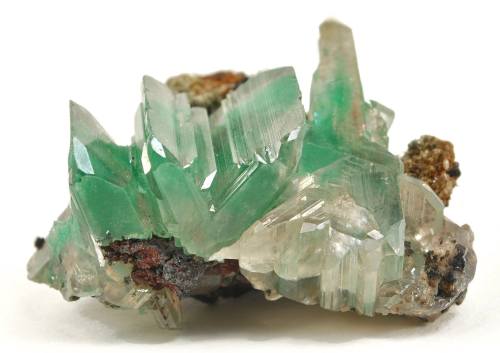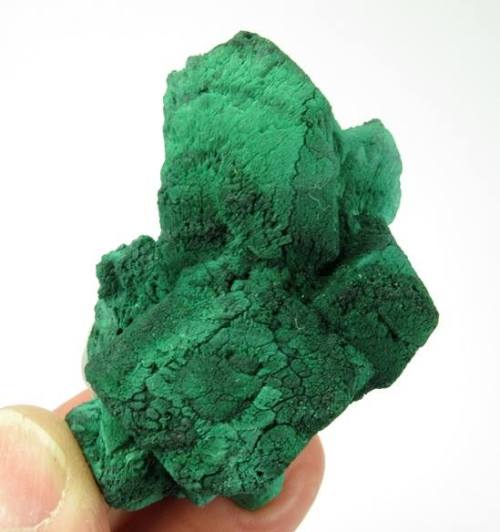The Tsumeb mineOre deposits are strange and complex places, with huge mixtures of minerals in varied
The Tsumeb mineOre deposits are strange and complex places, with huge mixtures of minerals in varied stages of alteration, decomposition and transformation into one another as the oxidative powers and dissolved mineral content of groundwater interact with the primary minerals that were originally precipitated, sometimes billions of years before. The mineral mix and zonation within the deposit is a reflection of the chemistry of the initial precipitation process, and a summary of its geological history all wrapped in one very messy package that you tear or drill open piece by piece. I have shared so many beautiful mineral photos from this particular location that it’s time to write a bit about it.This mine in the deserts of Namibia is world famous amongst mineral collectors as a source for many different beauties, and has been called the most complex mineral deposit ever discovered. The main product was copper, and the initial hill was green with oxidised metals when first discovered, but many other metals were extracted from the ore mix, including lead, zinc, germanium, silver, arsenic and cadmium. The mine opened during the harsh colonial period 100 years ago, and a town was built around it. Tsumeb has now more or less closed as a copper producer, but the workings and tailings are still exploited for mineral specimens. Beautiful minerals found here include (amongst many) the bright green and blue copper carbonates malachite and azurite (see http://on.fb.me/1CbfPFa), deeper summer green dioptase (see http://on.fb.me/1JX5Hus), the lead ore cerrusite, that forms such strange tesselated twins (see http://on.fb.me/1KA7bow) and the rare green beauty of Bayldonite (see http://on.fb.me/14NwiEF).The ore body was a huge mineralised pipe 1300 metres long, running vertically through a Precambrian dolomite (limestone with magnesium instead of calcium carbonate). Its origin is hotly debated, though it could be an old cave system from a long gone karst landscape that was later filled with minerals by hot fluids when buried deep in the crust. Others have suggested a volcanic origin, as a weird granitoid forms the core of the filling rock, presumably the source of the metals.The green hill was already exploited by Africans in prehistory, though they made barely a dent, but modern methods scraped out this very high grade ore during the course of the last century. The shafts went down over a kilometre, though they are now partly flooded. The ore was so rich that much of it could be directly smelted instead of having to be processed first, an obvious benefit to the profit margin. More notably for mineral fiends, 243 minerals have been found here, and is the type locality (from which the mineral was first characterised and described) for 56 (as far as I know no other place on Earth has as high a score, correct me please if you know different).To illustrate its joys and beauties I selected a lovely and huge cluster of blue azurite on malachite stained mother rock that once graced the Smithsonian collection (16.7 x 13.2 x 10.5 cm), a very classic Tsumeb piece of malachite pseudomorphing azurite, a chemical reaction frozen in time in which one mineral turns into another that is more stable for the ambient conditions (5.6 x 3.8 x 2.8 cm), a lovely and very rare bayldonite pseudomorphing mimetite from the upper part of the ore body (see http://on.fb.me/1zo1vvI, 3.4 x 2.1 x 2.1 cm) and a gemmy cerussite included by malachite, a real dance of oxygen, lead and copper (4.1 x 3.2 x 2.3 cm).LozImage credit: Rob Lavinsky/iRocks.comhttp://www.mindat.org/loc-2428.html -- source link
Tumblr Blog : the-earth-story.com
#namibia#science#azurite#malachite#mineral#crystal#tsumeb#pseudomorph#mienral#mineralogy#oxygen#copper



